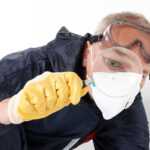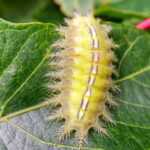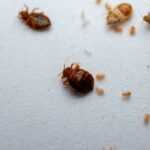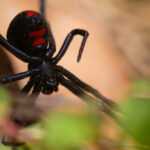Bed Bugs Treatment: Your Comprehensive Guides to Elimination
Struggling with bed bugs? Discover effective treatment methods in our comprehensive guide to eliminate these pests for good. Read more now!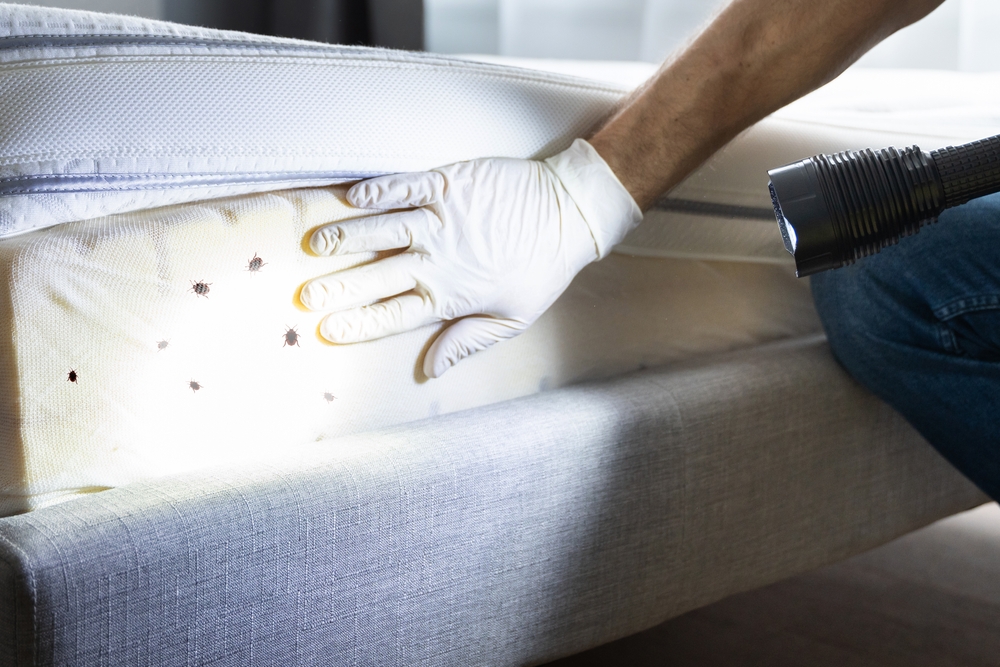
Top Bed Bugs Treatment Methods: A Simple Guide
Dealing with a bed bug problem? This guide offers effective bed bug treatment methods to help you eliminate them quickly. Learn how to prepare your home, kill bed bugs, and prevent future infestations.
- Proper preparation, including decluttering and encasing mattresses, is essential for effective bed bug treatment.
- A comprehensive approach combining heat treatment, diatomaceous earth, and targeted pesticide use is necessary for successful bed bug elimination.
- Monitoring for signs of bed bugs post-treatment and implementing preventive strategies can help avoid future infestations.
Preparing Your Home for Bed Bug Treatment
Preparation is key to any successful bed bug treatment. Properly prepping your home will make the process smoother and more effective.
You can begin by clearing out clutter. Bed bugs often hide in piles of clothes, papers, and other random items scattered around the room. Discard these items in sealed plastic bags to prevent spreading. Creating a gap of at least 6 inches between the bed and the wall can also reduce their access to your sleeping area and help address the bed bug problem, as well as kill bedbugs.
Encasing mattresses and box springs is another vital step. These specially designed covers trap bed bugs inside, depriving them of food and leading to their eventual demise. Properly encasing your bed frame and other furniture reduces the chances of bed bugs finding new hiding spots.
Thorough vacuuming is also crucial. Bed bugs and their eggs can be sucked up from carpets, mattress seams, and other crevices. Seal the vacuum bag in a plastic bag before disposing of it to prevent any bed bugs from escaping.
Effective Methods to Kill Bed Bugs
Various methods can be employed to ensure these resilient pests are thoroughly eliminated to get rid of them.
Heat treatment is highly effective for killing bed bugs and their eggs. Running infested items through a hot dryer for 30 minutes can eliminate them. This method is particularly useful for clothing, bedding, and other washable items.
Diatomaceous earth is another powerful tool. This natural substance acts as a desiccant, breaking down the waxy outer layer of bed bugs and causing them to dehydrate and die. Spread it around infested areas to create a barrier that bed bugs cannot cross without meeting their end.
Pesticides can be effective, but it’s important to follow specific instructions to ensure all bed bugs are targeted and eliminated. However, relying solely on pesticides is not recommended and may be a reason why pest control efforts fail. A comprehensive treatment approach that combines multiple methods is necessary for effective bed bug control.
Non-Chemical Approaches to Bed Bug Control
Non-chemical approaches can be highly effective in controlling bed bug infestations, either alone or as a complement to chemical treatments. One of the first steps is to seal cracks and crevices in walls and floors with silicon caulk. This eliminates bed bug hiding spots and blocks entry points, making it harder for them to re-establish in your home.
High heat is another effective non-chemical method. Using a dryer on high heat can kill bed bugs in laundry items. Steam cleaners, which operate at a temperature of at least 130°F, can treat areas where bed bugs hide, such as mattress seams and furniture.
Diatomaceous earth can be used non-chemically by creating a barrier around areas prone to bed bug activity. This natural powder prevents bed bugs from moving freely and causes them to dehydrate and die.
For items that cannot be treated with heat or chemicals, extreme cold is an option. Place infested items in a sealed plastic bag and expose them to freezing temperatures to kill bed bugs. This method is useful for items like books and electronics.
Monitoring and Evaluating Bed Bug Infestations
Monitoring and evaluating the effectiveness of your efforts after treatment is crucial to ensuring all bed bugs are eliminated and preventing a re-infestation. Conduct follow-up inspections a few weeks after treatment. Look for any remaining bed bugs and assess the effectiveness of the treatment. This step ensures that any missed bugs are caught before they can repopulate your home.
During monitoring, watch for common signs of bed bugs, such as bites on the skin, fecal spots, shed skins, and live bugs in typical hiding places. These signs can help you find bed bugs and determine if bed bugs are still present.
Regular vacuuming of floors, furniture, and mattress seams is effective in detecting and preventing bed bugs. Additionally, using bed bug interceptor traps beneath furniture legs can capture bed bugs and prevent them from climbing up.
Regular inspections are particularly important after travel or when bringing new items into the home. Catching potential reinfestations early can save you from a larger problem down the road.
Prevention Strategies to Avoid Future Infestations
Preventing future bed bug infestations is just as important as eliminating the current one. Implementing these strategies can keep your home bed bug-free.
Using bed bug-proof encasements for mattresses and box springs can help prevent future bed bug infestation. These protective covers make it difficult for bed bugs to enter or exit, effectively trapping them inside and starving them to death.
Maintaining a clutter-free environment is another crucial step. Reducing clutter in your bedroom and other living spaces provides fewer hiding places for bed bugs. This makes it easier to spot and eliminate them before they can establish a foothold.
For travelers, keeping luggage elevated on suitcase stands when staying in hotels can help avoid bringing bed bugs home. Inspect your luggage and clothing upon returning home to catch any hitchhiking bed bugs early.
Common Myths About Bed Bugs
Many myths about bed bugs can lead to misconceptions and ineffective treatments. Separating fact from fiction is essential.
One common myth is that bed bugs are invisible to the naked eye. In reality, adult bed bugs, nymphs, and eggs are all visible without a microscope. Another myth is that bed bugs are only found in dirty environments. Bed bugs are drawn to warmth, blood, and carbon dioxide, not dirt, although clutter can provide more hiding spots.
Contrary to popular belief, bed bugs do not transmit diseases among humans. Additionally, while they prefer darkness, they can still bite in well-lit rooms, debunking the myth that keeping the lights on will avoid bedbug bites.
Dealing with bed bugs requires a comprehensive approach that includes preparation, effective treatment methods, and prevention strategies. By following the steps outlined in this guide, you can successfully eliminate bed bugs from your home and prevent future infestations.
Remember, if the problem persists or seems overwhelming, seeking professional help from Responsible Pest & Scorpion Control can provide peace of mind and effective results. Don’t let bed bugs take over your home—take action today and reclaim your space.
Frequently Asked Questions
Can I treat bed bugs by myself?
Yes, you can treat bed bugs yourself, but it’s crucial to combine insecticides with thorough cleaning and decluttering for effective control. A multi-faceted approach will enhance your chances of eliminating the infestation successfully.
What areas does Responsible Pest & Scorpion Control serve?
Responsible Pest & Scorpion Control serves the Greater Metro Phoenix, Mesa, and Tucson areas in Arizona.
What type of pest control services does Responsible Pest & Scorpion Control offer?
Responsible Pest & Scorpion Control provides both residential and commercial pest control services, with a focus on specialized bed bug extermination.
How effective is heat treatment in eliminating bed bugs?
Heat treatment is highly effective in eliminating bed bugs; for instance, placing items in a dryer for 30 minutes at high heat can kill both the bugs and their eggs. This method offers a reliable solution for addressing infestations.
Do bed bugs transmit diseases?
Bed bugs do not transmit diseases to humans, as there is no evidence supporting this claim. Therefore, while their presence can cause discomfort and anxiety, they are not known to pose a health risk through disease transmission.
